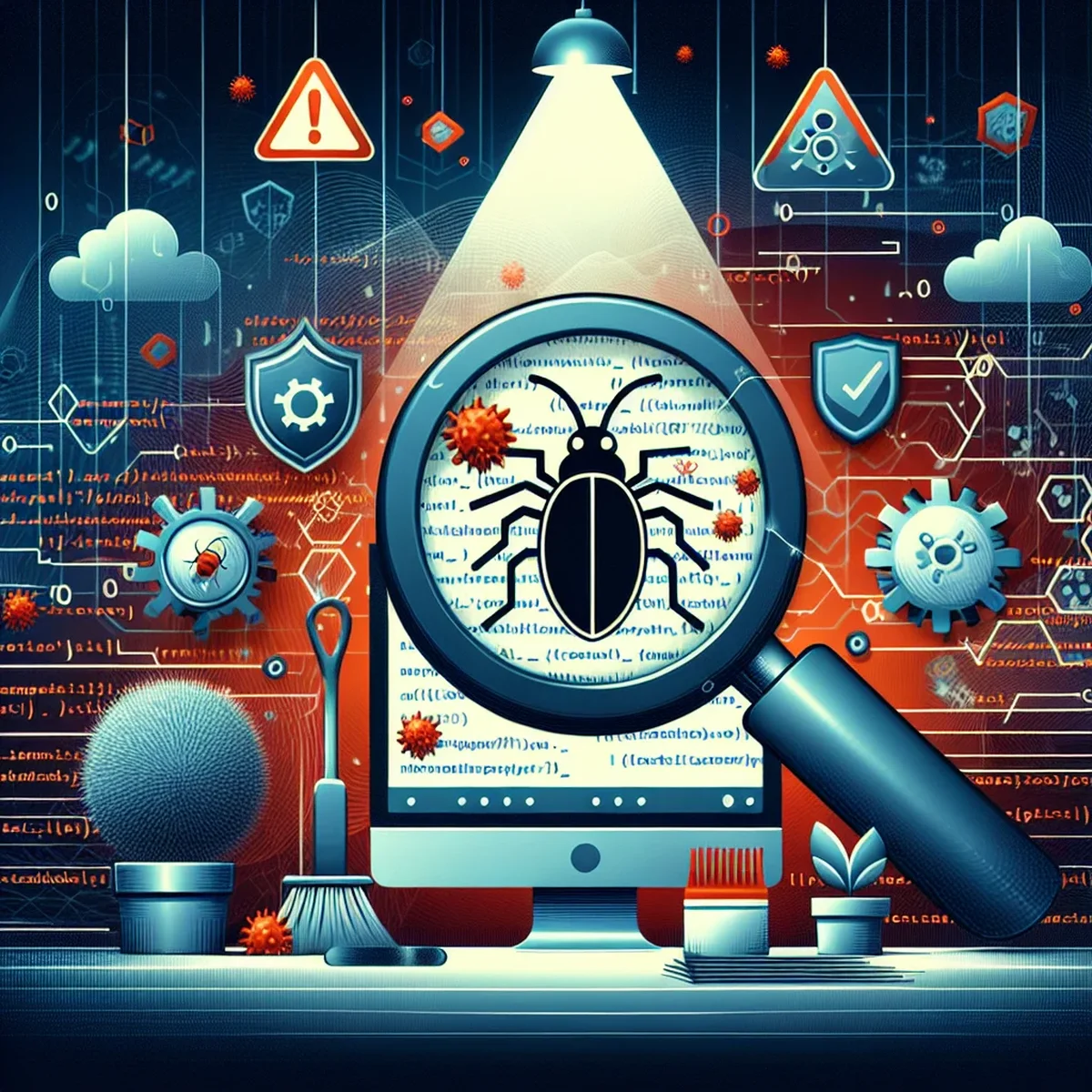Essential Guide to WordPress Malware Cleanup for Digital Marketers

Discovering that your WordPress site has been infected with malware can be a distressing experience, especially if your site plays a crucial role in your digital marketing strategy. This guide will walk you through the necessary steps to efficiently and effectively clean up malware from your WordPress site, helping you to restore and secure your digital asset.
Recognize the Signs of Malware Infection
Before diving into the cleanup process, it's essential to confirm whether your site is indeed infected. Symptoms of a malware infection can include:
- Unexpected ads or pop-ups appearing on your site.
- Slow website performance or frequent crashes.
- Suspicious account activity, such as unauthorized logins or changes to site files.
- SEO spam, where search results display content that differs from what's actually on your site.
Recognizing these signs early can significantly reduce the damage caused by malware.
Step-by-Step Malware Cleanup Process
Step 1: Quarantine Your Site
To prevent the spread of infection, limit access to your website. You might consider putting your site into maintenance mode while you work on removing the malware.
# Example of putting your WordPress site in maintenance mode:
$ wp maintenance-mode activate
Step 2: Backup Your Website
Before making changes, ensure you have a recent backup of your site. This backup should be stored offline to prevent it from being compromised.
Step 3: Scan Your Website
Use a reliable security plugin like Wordfence, Sucuri, or MalCare to scan your website for malware. These plugins can identify malicious payloads and suspicious code.
# Example of starting a scan with Wordfence:
$ wf scan start
Step 4: Remove the Malware
After identifying the malware, you can either remove the infected files manually or use the security plugin to handle it. Be cautious with manual deletions; ensure you do not delete critical files by mistake.
Step 5: Update Everything
Update your WordPress core, themes, and plugins to their latest versions. This step is crucial as many attacks exploit vulnerabilities in outdated software.
Step 6: Change All Passwords
Once the malware is removed, change all passwords associated with your site, including those for WordPress accounts, FTP, and your database.
Step 7: Submit a Review to Google
If your site was blacklisted by Google due to the malware, request a review through the Google Search Console once your site is clean and secure.
Best Practices for Preventing Future Infections
To avoid future malware infections, adhere to these best practices:
- Regular Updates: Keep your WordPress core, plugins, and themes updated.
- Strong Passwords: Use strong, unique passwords for all entry points.
- Security Plugins: Install and maintain a quality security plugin.
- Regular Backups: Schedule regular backups that are stored in a secure location.
Conclusion
Dealing with a malware-infected site can be challenging, but with the right tools and procedures, you can eradicate malware and secure your WordPress site against future attacks. Regular maintenance and vigilance are key to ensuring your site remains a reliable tool in your digital marketing arsenal.
FAQ
- What are the first steps to take when you suspect your WordPress site is infected?
- Immediately change all passwords, update all software to the latest versions, and run a comprehensive scan using a reputable security plugin.
- How can I prevent future malware infections on my WordPress site?
- Regularly update your themes and plugins, use strong passwords, install a security plugin, and conduct frequent backups.
- What should I do if malware cleanup efforts fail?
- If initial cleanup efforts fail, consider reaching out to a professional security service that specializes in malware removal and website hardening.